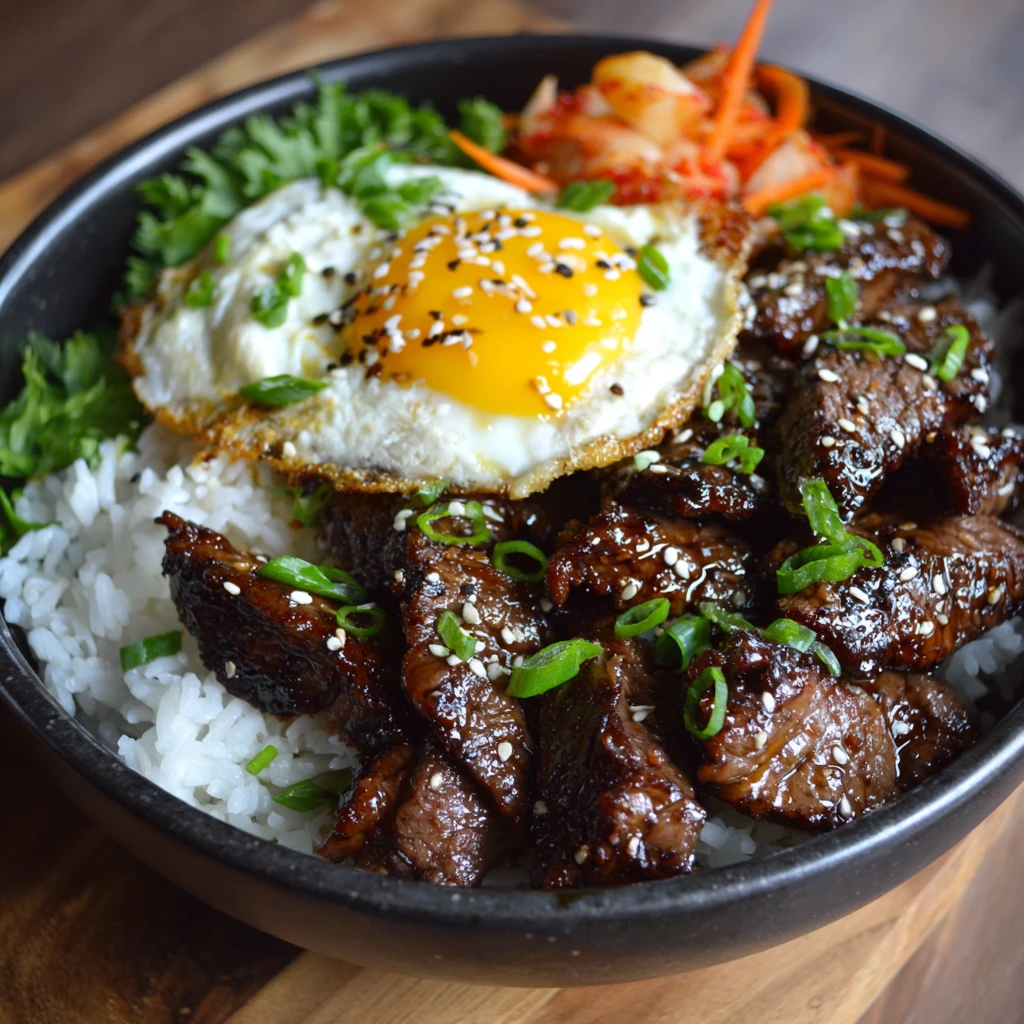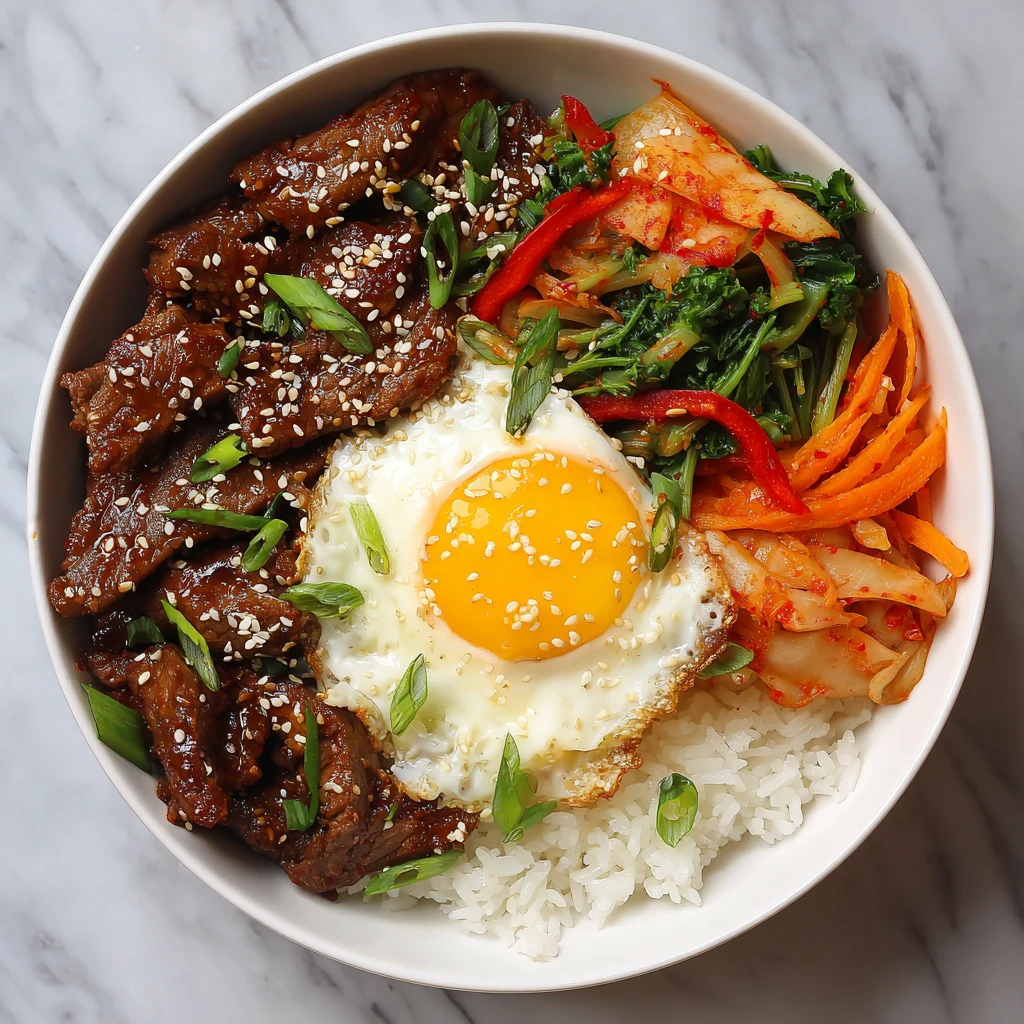Top 10 Food Trends Everyone's Talking About
The culinary landscape is constantly evolving. New ingredients, innovative techniques, and shifting consumer preferences drive a relentless cycle of trends that shape what we eat and how we experience food. Staying ahead of the curve can be challenging, but understanding these trends can enhance your cooking, improve your restaurant offerings, or simply keep you informed about the exciting developments in the food world. Here’s a look at the top 10 food trends that everyone is talking about right now.

1. Plant-Based Perfection: More Than Just a Fad
The plant-based movement has moved beyond a niche market and into the mainstream. It’s no longer just about vegetarianism or veganism; it’s about incorporating more plant-based foods into everyone’s diet, regardless of their dietary preferences. This trend is fueled by concerns about health, sustainability, and animal welfare.
The Rise of Alt-Proteins
Plant-based meat alternatives have seen explosive growth, with companies like Beyond Meat and Impossible Foods leading the charge. These products utilize innovative technology to mimic the taste and texture of meat, making them appealing to even the most dedicated carnivores. Expect to see even more diverse alt-protein sources emerge, including fungi-based proteins and cultivated meat (grown from animal cells).
Dairy-Free Delights Expanding
Plant-based milks, yogurts, cheeses, and ice creams are readily available in most grocery stores. Oat milk, almond milk, soy milk, and cashew milk are now household staples for many. The innovation continues, with new plant-based dairy alternatives constantly hitting the market, offering a wider range of flavors and textures. The focus is shifting towards recreating the nuanced characteristics of dairy products, creating plant-based versions that are indistinguishable from the real thing.
Plant-Forward Cooking
Beyond meat and dairy replacements, the plant-based trend emphasizes using whole, plant-based ingredients in creative and delicious ways. Expect to see more restaurants featuring vegetable-centric dishes that highlight the natural flavors and textures of plants. Think innovative salads, roasted vegetable medleys, and creative grain bowls.
2. Global Flavors: Exploring International Cuisine
Consumers are increasingly adventurous eaters, eager to explore flavors from around the world. This trend is fueled by travel, social media, and a growing appreciation for diverse culinary traditions.
Umami-Rich Asian Cuisine
Asian flavors, particularly those emphasizing umami (the savory fifth taste), are gaining popularity. Korean cuisine, with its fermented ingredients and bold spices, is a major influence. Think kimchi, gochujang, and bibimbap. Japanese cuisine, with its delicate flavors and focus on fresh ingredients, also remains a strong influence, particularly in dishes like ramen and sushi.
Mediterranean Diet's Continued Popularity
The Mediterranean diet, known for its health benefits and delicious flavors, continues to be a popular choice. Emphasis is on olive oil, fresh vegetables, fruits, whole grains, and lean proteins like fish. Expect to see more restaurants incorporating Mediterranean flavors and ingredients into their menus.
Latin American Flair
Latin American cuisine, with its vibrant flavors and diverse ingredients, is also making waves. From the smoky flavors of Mexican cuisine to the rich stews of South America, there’s a wealth of culinary inspiration to be found. Expect to see more restaurants and home cooks experimenting with ingredients like chili peppers, avocados, and plantains.
3. Gut Health: Nourishing Your Microbiome
Consumers are increasingly aware of the importance of gut health and its impact on overall well-being. This has led to a surge in demand for foods that support a healthy gut microbiome.
Probiotics and Prebiotics
Probiotics, live bacteria that are beneficial to the gut, are found in fermented foods like yogurt, kefir, sauerkraut, and kimchi. Prebiotics, which feed the beneficial bacteria in the gut, are found in foods like garlic, onions, asparagus, and bananas. Expect to see more products fortified with probiotics and prebiotics.
Fermented Foods Rising
Fermented foods are experiencing a renaissance, with more people incorporating them into their diets. Beyond the traditional staples like yogurt and sauerkraut, expect to see more innovative fermented products emerge, such as kombucha, kimchi, and miso.
Fiber-Rich Diets
Fiber is essential for gut health, and consumers are increasingly seeking out fiber-rich foods. Whole grains, fruits, vegetables, and legumes are excellent sources of fiber. Expect to see more products highlighting their fiber content and more emphasis on incorporating these foods into daily meals.
4. Sustainable Sourcing: Eating with a Conscience
Consumers are increasingly concerned about the environmental and social impact of their food choices. This has led to a growing demand for sustainably sourced and ethically produced foods.
Local and Seasonal Eating
Eating locally and seasonally reduces the carbon footprint associated with food transportation and supports local farmers. Expect to see more restaurants sourcing ingredients from nearby farms and more consumers choosing seasonal produce at farmers markets and grocery stores.
Reducing Food Waste
Food waste is a major environmental problem, and consumers are becoming more aware of the need to reduce it. Expect to see more initiatives aimed at reducing food waste at all levels of the food system, from farms to restaurants to households. This includes composting, utilizing food scraps, and supporting businesses that prioritize waste reduction.
Ethical Sourcing
Consumers are increasingly demanding that their food be produced ethically, with fair labor practices and humane treatment of animals. Expect to see more companies prioritizing ethical sourcing and transparency in their supply chains. Look for certifications like Fair Trade and Certified Humane.
5. Functional Foods: Food as Medicine
The concept of “food as medicine” is gaining traction, with consumers seeking out foods that offer specific health benefits beyond basic nutrition.
Adaptogens and Superfoods
Adaptogens, plants that help the body adapt to stress, are becoming increasingly popular. Common adaptogens include ashwagandha, rhodiola, and holy basil. Superfoods, nutrient-rich foods that offer a variety of health benefits, also continue to be in demand. Examples include blueberries, kale, and quinoa.
Fortified Foods
Foods fortified with vitamins, minerals, and other nutrients are becoming more common. This can be a convenient way to boost nutrient intake and address specific deficiencies. Look for products fortified with vitamin D, calcium, and iron.
Personalized Nutrition
The future of food may lie in personalized nutrition, where dietary recommendations are tailored to an individual’s specific needs and genetic makeup. Expect to see more companies offering personalized nutrition plans and products based on individual data.
6. Snackification: On-the-Go Goodness
The way people eat is evolving, with traditional meal structures giving way to more frequent snacking. This trend reflects busy lifestyles and a desire for convenience.
Healthy Snack Options
With snacking on the rise, there’s a growing demand for healthier snack options. This includes protein bars, nut mixes, fruit snacks, and vegetable chips. Consumers are looking for snacks that are both convenient and nutritious.
Global Snack Flavors
Snacking is also becoming more adventurous, with consumers seeking out snacks with global flavors. Expect to see snacks inspired by cuisines from around the world, such as Korean BBQ chips, Japanese seaweed snacks, and Mexican-inspired salsa.
Convenient and Portable
Convenience is key when it comes to snacking. Consumers are looking for snacks that are easy to transport and consume on the go. This includes individually wrapped snacks, resealable pouches, and single-serving portions.
7. Elevated Comfort Food: Nostalgia with a Twist
In times of uncertainty, people often turn to comfort food for solace. However, today’s comfort food is often elevated with gourmet ingredients and innovative techniques.
Gourmet Twists on Classics
Expect to see classic comfort food dishes reimagined with gourmet ingredients and creative flavor combinations. Think truffle mac and cheese, lobster grilled cheese, and artisanal pizza with unusual toppings.
International Comfort Food
Comfort food is not limited to Western cuisine. Expect to see dishes like ramen, pho, and empanadas gaining popularity as comfort food options.
Indulgent Experiences
Elevated comfort food is often about creating an indulgent experience. This includes using high-quality ingredients, presenting dishes beautifully, and offering unique flavor combinations.
8. Mocktails and Low-Alcohol Beverages: Sober Curious
More and more people are embracing a “sober curious” lifestyle, opting for non-alcoholic or low-alcohol beverages. This trend is driven by concerns about health and wellness.
Innovative Mocktail Creations
Bartenders are getting creative with mocktails, using fresh ingredients, innovative techniques, and sophisticated flavor combinations to create non-alcoholic beverages that are just as appealing as cocktails.
Low-Alcohol Options
Low-alcohol beers, wines, and spirits are also gaining popularity. These beverages offer a lighter drinking experience without sacrificing flavor.
Healthier Alternatives
Many consumers are choosing mocktails and low-alcohol beverages as healthier alternatives to traditional alcoholic drinks. This allows them to socialize and enjoy themselves without overindulging.
9. Culinary Tourism: Travel for the Taste Buds
Food is increasingly becoming a central part of travel experiences. Culinary tourists seek out unique and authentic food experiences while exploring new destinations.
Food Tours and Cooking Classes
Food tours and cooking classes offer immersive culinary experiences that allow travelers to learn about local cuisine and culture.
Farm-to-Table Dining
Farm-to-table dining is a popular option for culinary tourists who want to experience the freshest and most local ingredients.
Unique Dining Experiences
Culinary tourists are often seeking out unique dining experiences, such as dining in a private home, attending a food festival, or foraging for wild ingredients.
10. Digital Dining: Tech Transforming Food
Technology is transforming the way we discover, order, and experience food.
Food Delivery Apps
Food delivery apps have become ubiquitous, offering consumers a convenient way to order food from a wide variety of restaurants.
Ghost Kitchens
Ghost kitchens, also known as virtual restaurants, are delivery-only restaurants that operate without a physical storefront.
Social Media Influence
Social media plays a significant role in shaping food trends. Food bloggers, influencers, and everyday consumers share their culinary experiences and discoveries online, inspiring others to try new dishes and restaurants.

FAQ
What is the biggest food trend right now?
While several trends are prominent, the plant-based movement continues to be a major force, driven by health, sustainability, and animal welfare concerns. The ongoing innovations in alt-proteins and dairy-free options highlight its significance.
What are the top 5 food trends?
1. Plant-Based Perfection
2. Global Flavors
3. Gut Health Focus
4. Sustainable Sourcing
5. Functional Foods
What is the #1 food trend 2024?
Predictions for 2024 point towards even more specialized plant-based options, a deeper dive into regional cuisines (particularly from Africa and South America), and enhanced focus on gut health through personalized nutrition approaches.
What is the newest trend in food?
One of the newer trends gaining momentum is utilizing AI to create new food products and optimize recipes for flavor, nutrition, and sustainability. Also, cellular agriculture, including cultivated meats and dairy, is on the rise.



